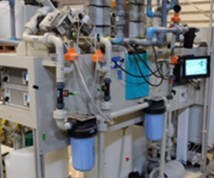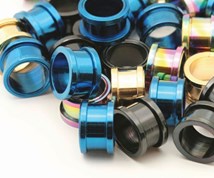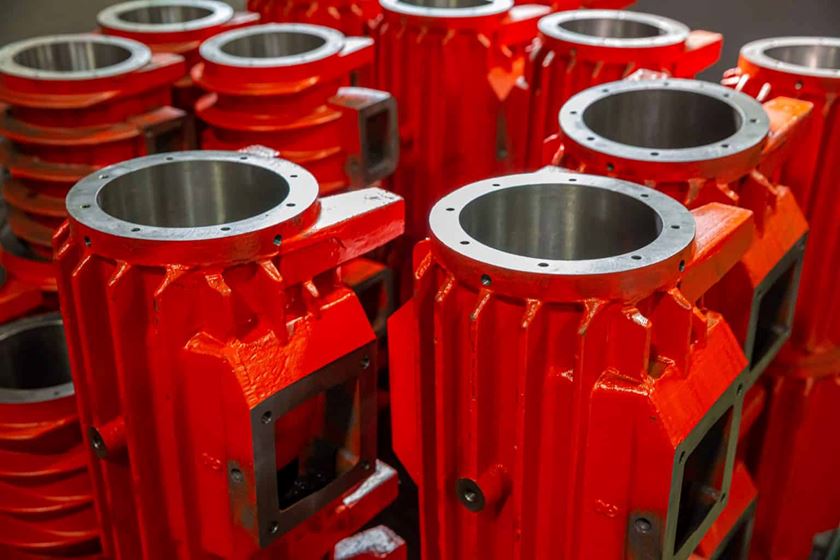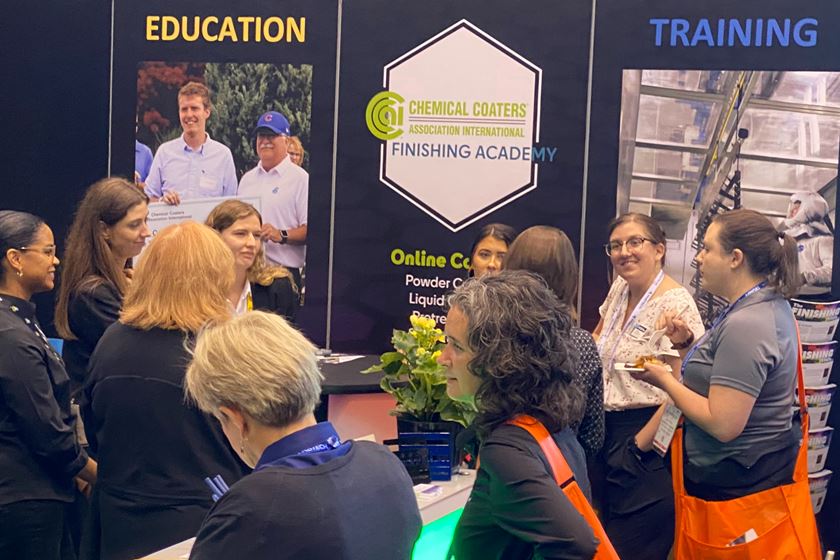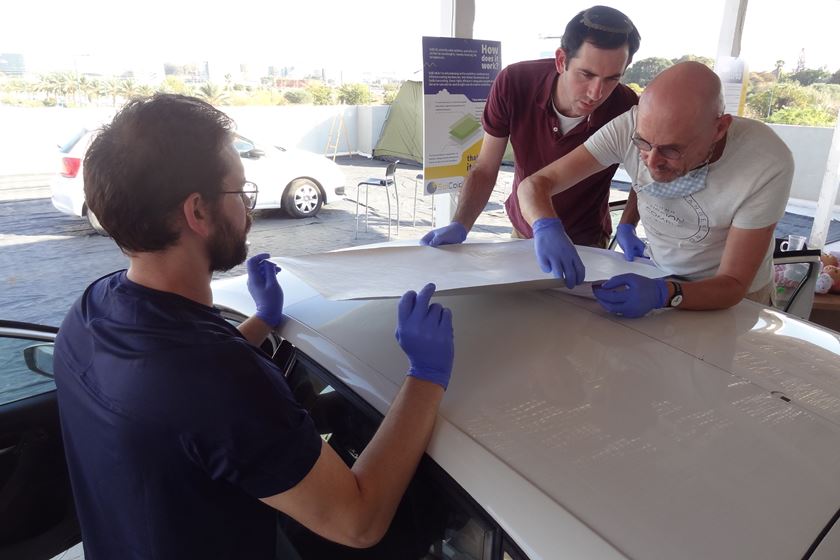Coating Research Aims to Improve Hip and Knee Replacements
Washington State University researchers are working to improve materials used in hip and knee replacements
#masking #pollutioncontrol
Washington State University researchers are working to improve materials used in hip and knee replacements so that they last longer and allow patients to quickly get back on their feet after surgery.
Led by Susmita Bose, professor in the university’s School of Mechanical and Materials Engineering, the researchers have received a five-year, $1.8 million National Institutes of Health grant to improve the way bone implants integrate into the body.
Featured Content
Every year, approximately one million hip and knee replacement procedures are performed in the U.S. Titanium replacements are generally affixed using acrylic bone cement, and patients are often out of bed and walking within a day or two of surgery.
But the materials used are foreign to the human body and don’t bond strongly to surrounding tissues, resulting in typical implant failure within 10-15 years. This becomes problematic for younger patients or those who need revision surgeries.
“This work could have a profound effect for younger patients and for those who undergo revision surgeries where bone volume is compromised,’’ says Bose.
Better Bone-like Material
Coatings for titanium implants create a “natural-feeling” surface so surrounding tissue can better bond to it. But the bone-like materials used for coatings are weaker than natural bone, so recovery from surgery takes a long time. Patients wait weeks to walk, rather than days.
With the new grant, researchers aim to improve the bone-like material that is used as a coating so that the titanium-based implants will attach better to surrounding tissue, act more naturally within the body and last longer.
The researchers will mix ions commonly found in the human body—such as magnesium, zinc and calcium—into their coatings. They also will add tiny amounts of medicine, such as antibiotics or osteoporosis medications.
“A few extra years for these hip or knee replacements can make a tremendous difference,’’ says research team member Amit Bandyopadhyay, also of the university’s School of Mechanical and Materials Engineering.
Expanding Nanomaterials Research
Bandyopadhyay and Bose have been leading research for more than a decade in 3D printing of bone materials and improved materials for bone implants. In preliminary studies, they have used nanomaterials to make coatings that are stronger and more biocompatible than those currently available. The grant will enable them to further test the new coatings.
Other members of the research team include William Dernell of the WSU College of Veterinary Medicine, physicians from Stanford University and University of Washington medical schools, and graduate and undergraduate students from a variety of disciplines.
Information for this article was supplied by Tina Hilding, communications coordinator, WSU Voiland College of Engineering and Architecture, thilding@wsu.edu
RELATED CONTENT
-
Troubleshooting for Electrocoating
Characterizing the type of defect is essential in identifying the root cause and eliminating its source...
-
Painting a Boeing 737: See The Video
The cost is between $100,000 to $200,000 to prep and paint each plane, depending on which colors are chosen, and how many colors.
-
Powder Coat MDF for an Enviable Finished Product
Cabinet maker says powder coating on wood offers more benefits.


